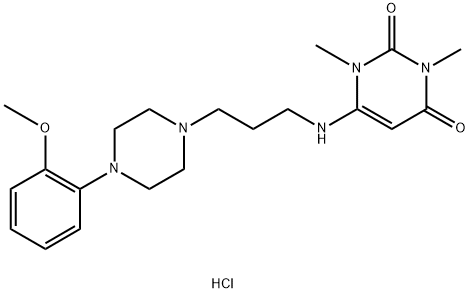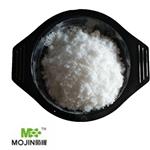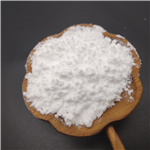Description
Urapidil is an antagonist of α
1-adrenergic receptors (α
1-ARs) and a partial agonist of the serotonin (5-HT) receptor subtype 5-HT
1A. It selectively binds to α
1- over α
2-ARs (IC
50s = 0.74 and 42 μM, respectively) and to 5-HT
1A over 5-HT
1B and 5-HT
2 receptors (IC
50s = 0.4, 20.4, and >10 μM, respectively) in rat cortex. Urapidil inhibits cAMP accumulation induced by forskolin in calf hippocampus as a functional model for 5-HT
1A receptors (EC
50 = 390 nM). It is also a β
1-AR antagonist that inhibits the positive chronotropic response induced by isoproterenol in isolated rat atria (pA
2 = 6.05). Urapidil (1 μmol/kg, i.v.) lowers mean arterial pressure (MAP) in anesthetized cats, an effect that is reduced by central administration of the 5-HT
1A receptor antagonist spiroxatrine.
Side effects
Side effects that may occur during treatment with uradil antihypertension include dizziness, fatigue, nausea, and light-headedness effects. The increases in systolic blood pressure heart rate caused by three progressive work loads bicycle exercise were not affected during urapidil, A slight reduction in forced expiratory volume was observed in some patients during treatment with beta-blocker. There was no case orthostatic hypotension during urapidil administration, despite its alpha1-blocking action. Side-effects were rare negligible
[1].
References
[1] G LEONETTI. Comparison of the antihypertensive effect of urapidil and metoprolol in hypertension.[J]. European Journal of Clinical Pharmacology, 1986, 30 6: 637-640. DOI:10.1007/BF00608208.




